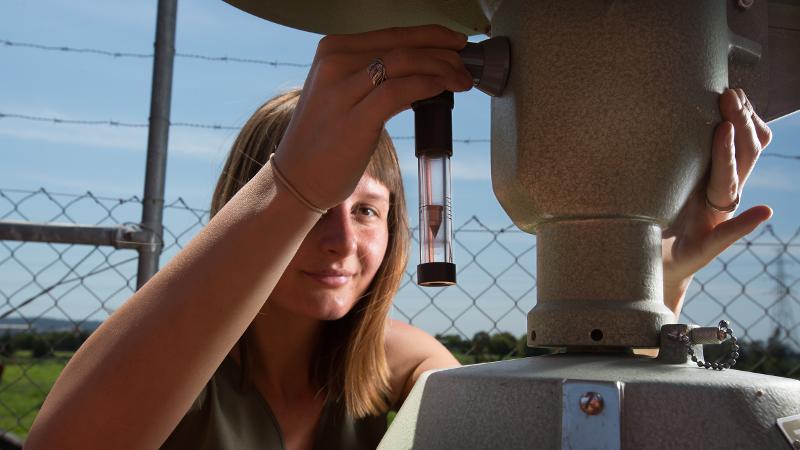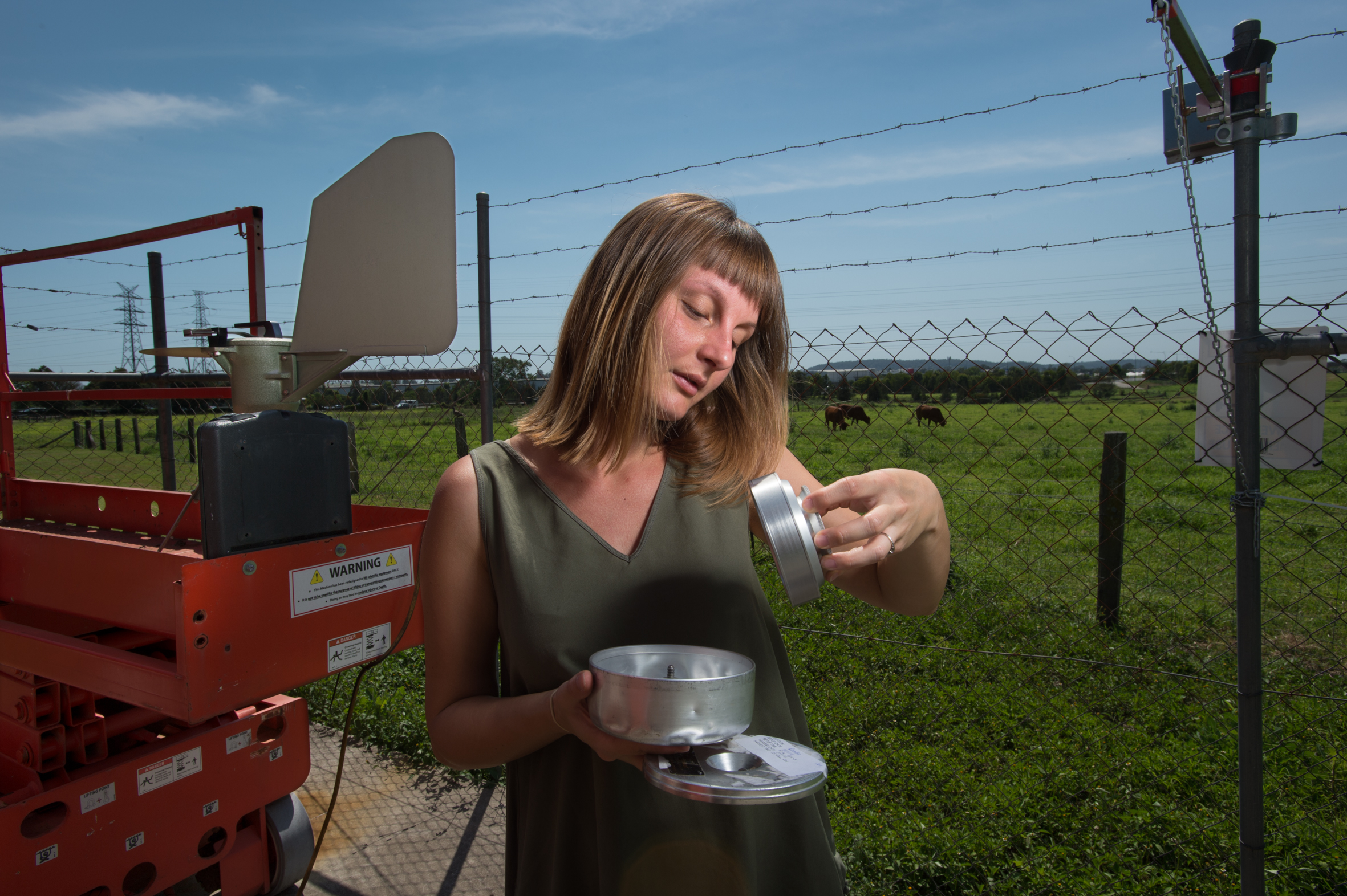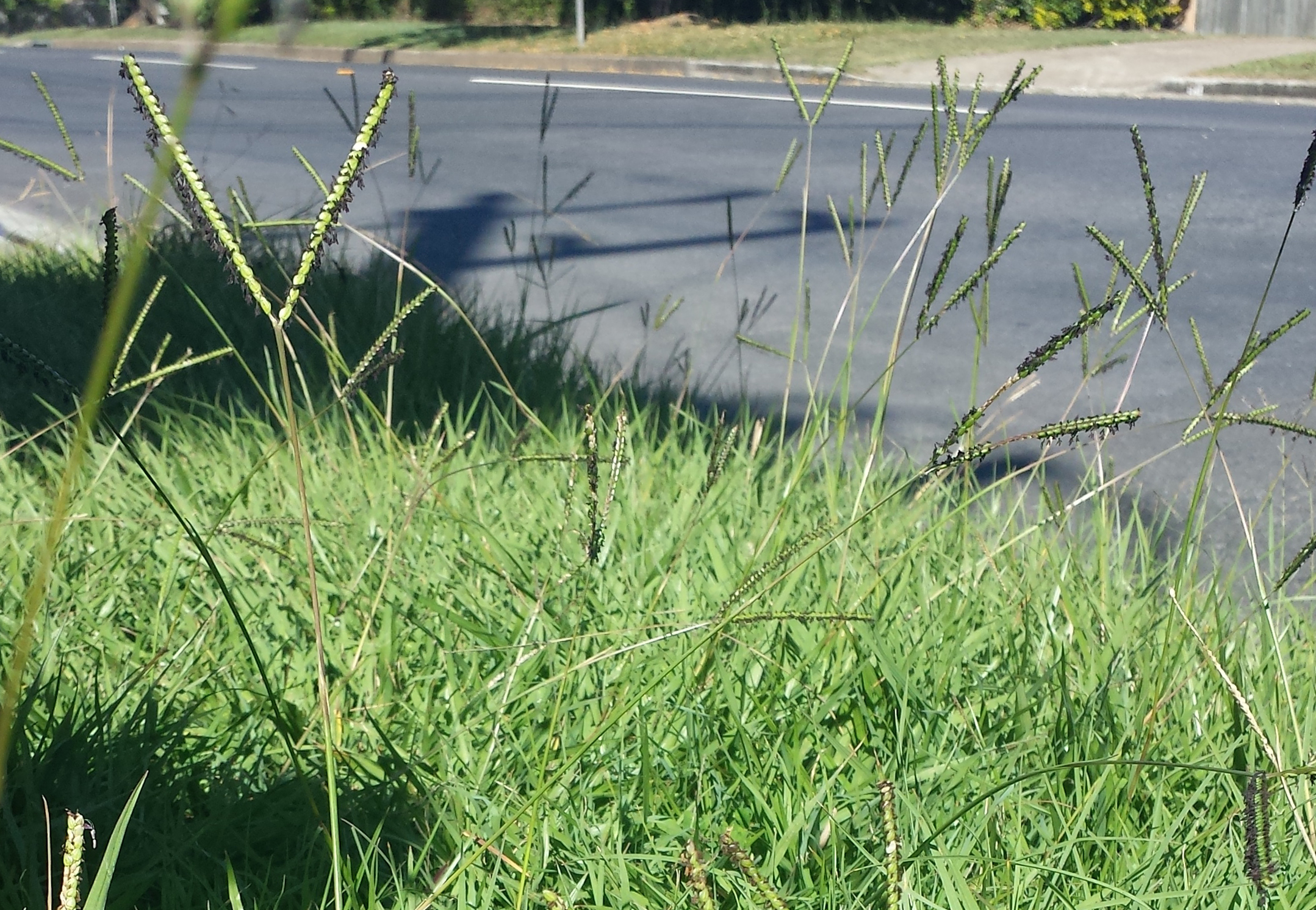
People with hayfever and seasonal asthma can keep a check on levels of grass pollen in the air that may aggravate their allergies with the official Brisbane Pollen forecast provided by QUT researchers now available.
- A daily reading of grass pollens and six-day forecast is available at www.brisbanepollen.com.au and via a free smartphone app
- A new forecasting model incorporates data from NASA’s Terra satellite MODIS and the NASA-US Geological Survey Landsat satellite showing areas of ‘greenness’ indicating grass growth
- Subtropical grasses flower around the Brisbane region from now until the end of April, with major peaks expected from January onwards
- Brisbane Pollen is part of the Australia-wide, multi-centre NHMRC AusPollen Partnership led by head of the QUT Allergy Research Group Professor Janet Davies.
Professor Davies, from QUT’s Institute of Health and Biomedical Innovation, said pollen measurements are being taken daily from the pollen trap located at the Queensland Government Department of Environment and Science (DES) air quality monitoring station at Rocklea, on Brisbane’s southside.
“Our team members collect pollen caught in the trap, and these samples are analysed under microscope in our laboratory to give measurements of pollen grains per cubic metre of air,” she said.
“These measurements are combined with weather information and the Landsat and MODIS satellite data to produce the forecast on a scale from low to extreme.”

Professor Davies said new pollen monitoring sites have also been set up around south-east Queensland in collaboration with the DES and Metro North Hospital and Health Services – at the Prince Charles Hospital at Chermside on Brisbane’s northside and at Mutdapilly near Ipswich.
These sites are providing research data and will in future become part of the pollen forecast network, providing greater coverage around south-east Queensland.
“We also have, in collaboration with Professor Alfredo Huete from University of Technology Sydney, phenology cameras at the pollen monitoring sites which take time-lapse photographs of the areas surrounding them,” Professor Davies said.
“These images will show grass growth and flowering, and this data will be analysed and used to further refine the pollen forecasting model.”
The Australia-wide AusPollen Partnership was established to provide accurate and localised information on pollen counts and an alert system to help protect people from life-threatening events, such as thunderstorm asthma. A thunderstorm asthma event in 2016 in Melbourne affected more than 10,000 people and claimed 10 lives.

Professor Davies said pollens from subtropical grass flowers can cause hayfever, and when hayfever isn’t well managed it can trigger an asthma attack.
“With the information provided by the pollen count people can be forewarned and take protective measures on expected high pollen days -- avoid being outside or hanging out washing, keeping their home and car windows closed, and taking preventative medications such as antihistamines,” she said.
“People who experience severe hayfever or a cough, tight chest or breathing difficulties during the pollen season should seek medical advice, as they may have undiagnosed asthma.
“And those with asthma should ensure they have an up-to-date asthma action plan and are ready to respond should they have breathing difficulties.”

QUT Media contacts: Karen Milliner, 07 3138 1841 or k.milliner@qut.edu.au
After hours: Rose Trapnell, 0407 585 901 or media@qut.edu.au




